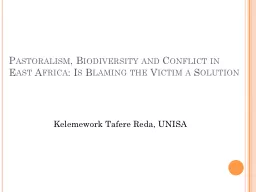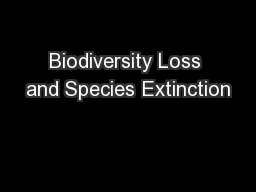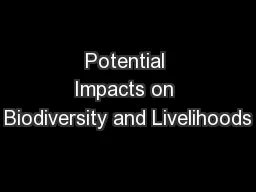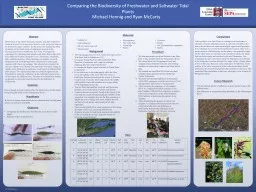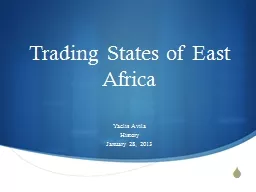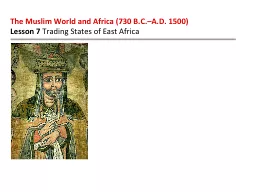PPT-Pastoralism, Biodiversity and Conflict in East Africa: Is B
Author : natalia-silvester | Published Date : 2016-02-21
Kelemework Tafere Reda UNISA Background Pastoralism as a mode of production and way of life has existed in East Africa for thousands of years There are over
Presentation Embed Code
Download Presentation
Download Presentation The PPT/PDF document "Pastoralism, Biodiversity and Conflict i..." is the property of its rightful owner. Permission is granted to download and print the materials on this website for personal, non-commercial use only, and to display it on your personal computer provided you do not modify the materials and that you retain all copyright notices contained in the materials. By downloading content from our website, you accept the terms of this agreement.
Pastoralism, Biodiversity and Conflict in East Africa: Is B: Transcript
Download Rules Of Document
"Pastoralism, Biodiversity and Conflict in East Africa: Is B"The content belongs to its owner. You may download and print it for personal use, without modification, and keep all copyright notices. By downloading, you agree to these terms.
Related Documents

